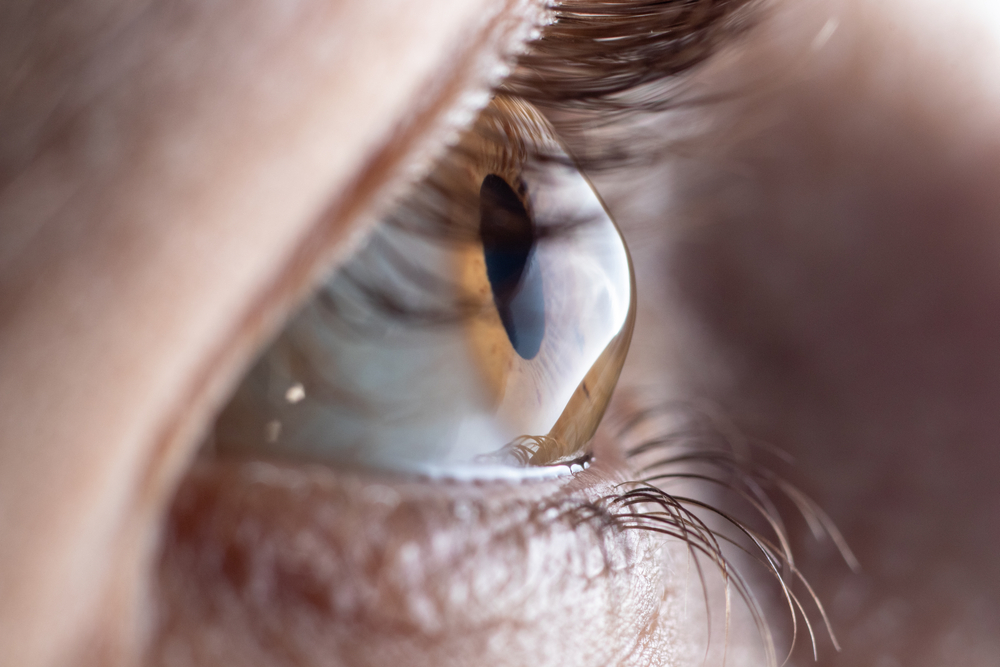
Keratoconus is a progressive eye condition that may initially seem like an insurmountable hurdle. However, with the right understanding and strategies, you can manage its challenges effectively. By staying informed and proactive, you can embrace life with keratoconus and maintain a high quality of life.
What is Keratoconus?
Keratoconus is an eye disorder where the cornea, which is normally dome-shaped, progressively thins and bulges into a cone-like shape. This distortion of the cornea's structure leads to visual impairment because it affects how light enters the eye and is focused on the retina.
Keratoconus typically develops in the teenage years or early adulthood and can progress at different rates for different people. It may affect one eye initially but usually ends up involving both eyes. The exact cause of keratoconus is not well understood, but it is believed to involve a combination of genetic predisposition and environmental factors.
The change in the shape of your cornea has significant implications for your vision. The cone-shaped cornea disrupts the path of light as it enters your eye, resulting in refractive errors such as myopia (near-sightedness) and astigmatism. These refractive errors lead to distorted and blurred vision. The irregular shape of the cornea can make fitting contact lenses challenging, which is often the first line of treatment for keratoconus.
Symptoms of Keratoconus
Recognizing the symptoms of keratoconus is crucial for early diagnosis and treatment. The most common symptoms you might notice include blurred vision, distorted vision (straight lines looking wavy or bent), increased sensitivity to light and glare, difficulty with night vision, and the need for frequent changes in eyeglass prescriptions. These symptoms usually appear in the late teens or early twenties and can progress over time.
Different Treatment Options for Keratoconus
When considering different treatment options for keratoconus, it's important to start with the least invasive approaches. For mild to moderate keratoconus, eyeglasses or soft contact lenses may be sufficient to correct the refractive error caused by the condition. As keratoconus progresses, these options may no longer provide adequate vision correction, and you may need to switch to rigid gas permeable (RGP) contact lenses, which offer a smoother surface to correct vision.
In more advanced cases of keratoconus, surgical options may be necessary. One of the most common procedures is corneal cross-linking (CXL), which strengthens the corneal tissue to halt the progression of the disease. Another option is corneal transplant surgery, where the damaged cornea is replaced with healthy donor tissue. It's crucial to discuss the risks and benefits of these surgical interventions with your eye care specialist.
Your treatment plan may involve a combination of approaches and will likely change over time as your condition progresses. Regular communication with your eye care team will ensure that you're receiving the most effective treatments. Keep in mind that advancements in keratoconus treatments are ongoing, and staying informed about the latest options can be beneficial.
Tips for Managing Daily Challenges with Keratoconus
Living with keratoconus means adapting your environment to suit your visual needs. This could involve using adaptive devices, such as magnifiers or screen readers, to assist with reading and computer work. Adjusting the lighting in your home and workspace can reduce glare and improve clarity. Consider investing in sunglasses with UV protection to minimize discomfort from bright lights and glare outdoors.
Routine check-ups are not just about monitoring the progression of keratoconus; they're about staying ahead of potential complications. By keeping regular appointments with your eye care provider, you can catch changes early and adjust your treatment plan as needed. These check-ups are also an opportunity to discuss any concerns or difficulties you're experiencing with your vision.
Conclusion
Living with keratoconus is undoubtedly challenging, but it's also an opportunity to demonstrate resilience and adaptability. By understanding the condition, recognizing the symptoms, exploring different treatment options, and implementing practical tips for daily living, you can maintain control over your life and your vision.
For more information on keratoconus and management strategies, visit Insight Eyecare at our office in Las Vegas, Nevada, or call (702) 718-7163 to schedule an appointment today.








